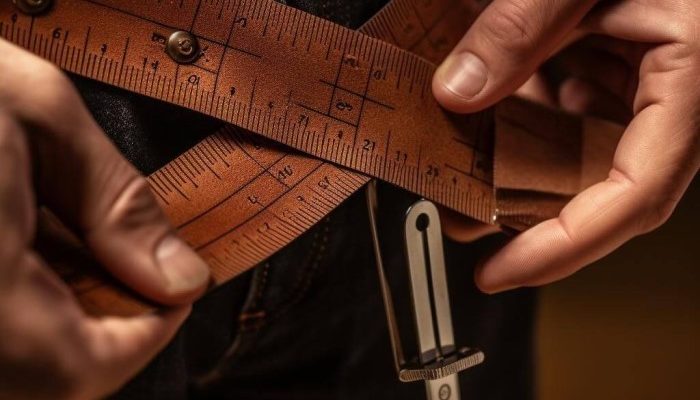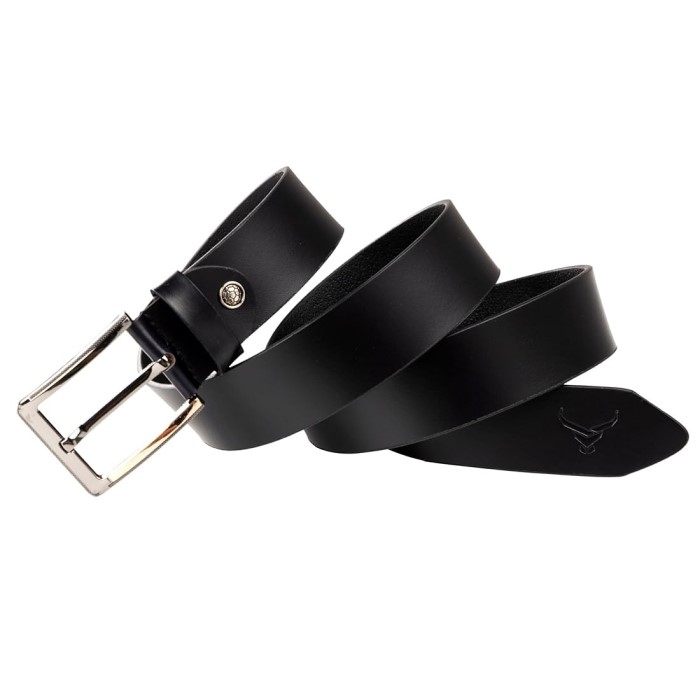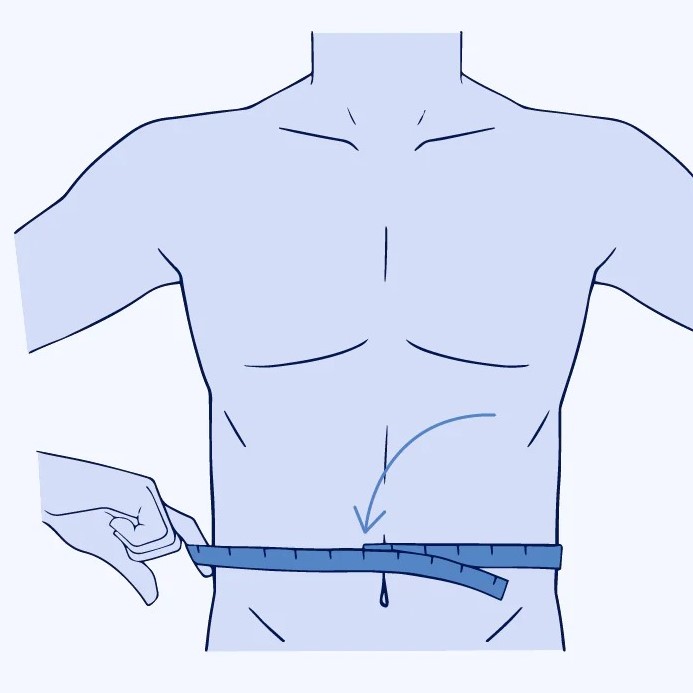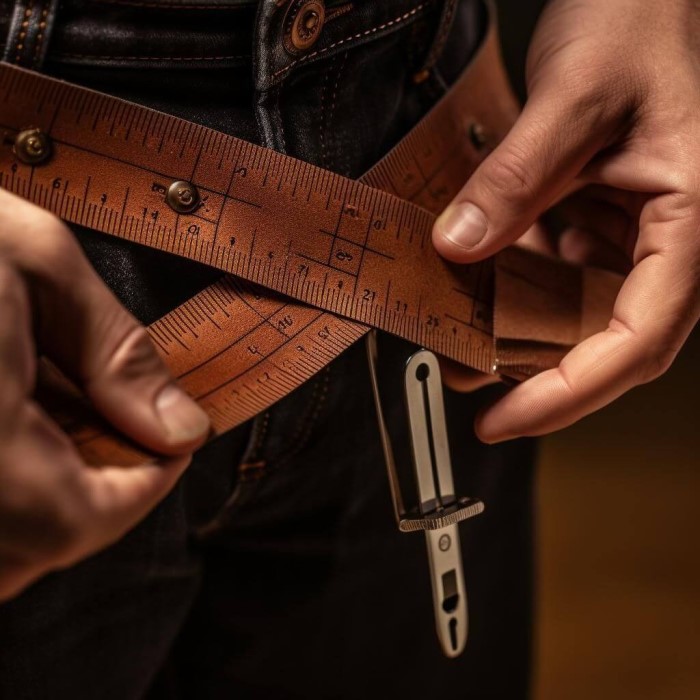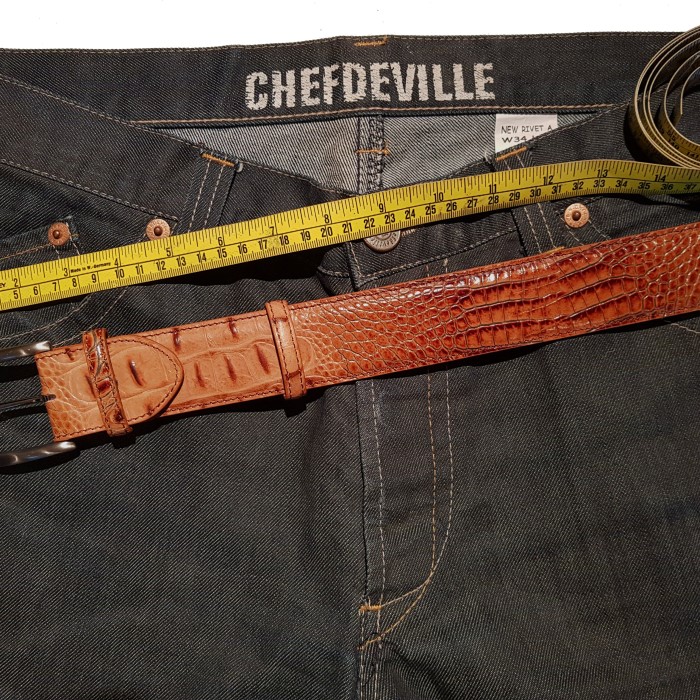Introduction to Belt Sizing for Men
Finding the right belt size is a common struggle for many men. Belts are not just accessories that add to the style; they are a necessary piece of any outfit that requires attention to get right. Unfortunately, selecting a belt that fits perfectly can be tricky. Men often end up with the incorrect size, leading to discomfort or a less polished look. The key to getting it right involves understanding your body’s measurements and the nuances of belt sizing. This guide aims to provide clear and straightforward tips on how to size a belt for a man. By avoiding some common mistakes and following a few simple steps, you can ensure that your belt not only complements your outfit but also provides comfort and functionality throughout the day. Let’s demystify the process and help you find belts that fit as though they were made just for you.
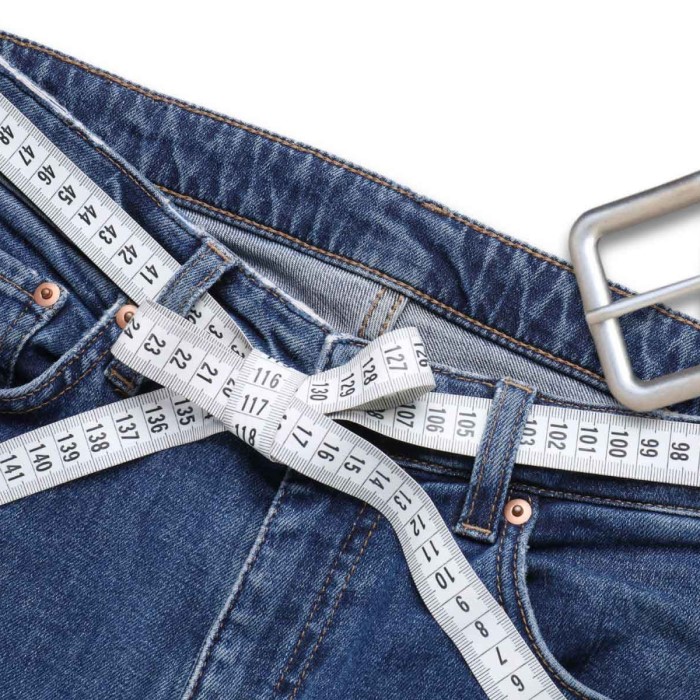
Key Mistakes in Men’s Belt Sizing
How to size a belt for a man? When it comes to men’s belts, sizing mishaps happen often. Let’s break down two major errors.
Assumptions About Pant Sizes
- Common Misconception
- A prevalent error among many men is the assumption that their pant size directly correlates to their belt size.
- This misunderstanding can lead to purchasing belts that do not fit properly, impacting comfort and style.
- Inconsistency Between Pant and Belt Sizes
- Pant sizes are not reliable indicators for determining belt measurements.
- For example, if a man wears size 32 pants, he might mistakenly believe a size 32 belt would be appropriate as well.
- Correct Belt Sizing Method
- In reality, the correct approach is to select a belt that is two sizes larger than your pant size.
- Thus, a person wearing size 32 pants should actually opt for a size 34 belt to ensure a comfortable fit.
- Helpful Guideline
- To simplify the process, remember this straightforward tip:
- Pant Size + 2 inches = Belt Size.
- This formula serves as a reliable rule of thumb, helping individuals avoid sizing mistakes when buying belts.
- To simplify the process, remember this straightforward tip:
- Importance of Proper Fit
- Choosing the right belt size is crucial for both comfort and aesthetics.
- A well-fitting belt not only supports better functionality but also enhances the overall appearance of one’s outfit.
Ignoring Material Stretch and Vanity Sizing
- Understanding Material Stretch:
- Over time, various materials, especially those used in clothing and accessories, can stretch due to regular wear and environmental factors.
- For instance, leather belts are particularly prone to stretching as they are worn, leading to a change in fit over time.
- The Impact of Vanity Sizing:
- Vanity sizing is a marketing technique used by manufacturers to label clothing sizes smaller than their actual dimensions, aiming to boost customer confidence and encourage purchases.
- This practice can lead to inconsistencies in sizing across different brands and styles, making it challenging for consumers to find the correct fit.
- Inaccuracy of Size Tags:
- Given the prevalence of material stretch and vanity sizing, size tags can often be misleading.
- Relying solely on size tags can result in improper fitting garments and accessories.
- Proper Measurement Techniques:
- Instead of focusing on size tags, it’s recommended to measure your waist at the point where your belt naturally rests.
- Use this accurate waist measurement as your reference for purchasing a belt, rather than the size identified on pants.
- Understanding Fit Over Time:
- It’s important to note that a belt may feel snug initially but, with regular wear, it can loosen slightly and develop a comfortable fit.
- Therefore, it’s wise to consider how the belt may change over time to ensure it remains suitable for your needs.
How to Correctly Measure Your Belt Size
Getting the right belt size is crucial for comfort and style. Here’s how to measure it accurately.
Using an Existing Well-fitting Belt
One simple method is to use a belt that already fits well. Lay the belt flat on a surface. Measure from the hole you use to the end of the belt at the buckle. Remember, measure in inches and round to the nearest inch. This measurement is your belt size.
Measuring Your Body for a New Belt
Assess Your Current Situation:
If you find yourself without a belt that fits or require a more precise measurement for your new belt, taking the time to measure your body is essential.
Choose the Right Trousers:
Start by wearing a pair of trousers that fit you well. It’s important that these trousers are similar to the ones you plan to wear with your new belt to ensure an accurate measurement.
Prepare the Measuring Tape:
Take a flexible tape measure, which is ideal for measuring body dimensions. Ensure that the tape is clean and in good condition for precise results.
Thread the Tape Measure:
Carefully thread the tape measure through the belt loops of your trousers. This method mimics how a belt would fit around your waist when worn, providing a reliable measurement.
Check for Comfort:
Make sure that the tape measure is snug against your body but not so tight that it constricts your waist. You should be able to move naturally without feeling any discomfort during the measuring process.
Stand Naturally:
Maintain a natural posture while measuring; this means standing straight without sucking in your stomach or altering your body position. It’s crucial that you are in a relaxed stance for the most accurate reading.
Record Your Measurement:
Once you have the tape measure in place, take note of the measurement. Be sure to round it to the nearest quarter inch for accuracy. For example, if your measurement is 34.5 inches, round to 34.5, or if it’s 34.75, round to 35.
Conclude with Confidence:
This measurement is the most reliable indicator of your belt size and can guide you in selecting the perfect new belt. With this information, you can confidently shop for a belt that will fit you well and complement your style.
Adjusting for Different Types of Trousers
How to size a belt for a man? Choosing the right belt size depends on the type of trousers you wear. Different trousers require different belt sizing strategies. In this section, we will guide you through how to adjust for standard trousers versus jeans and consider special cases like low-rise trousers.
Standard Trousers vs Jeans
General Sizing Rule for Standard Trousers
When purchasing standard trousers, there’s a widely accepted guideline for determining the correct belt size.
The recommendation is to add two inches to your standard pant size.
For instance, if your pant size is 32, you should choose a belt size of 34.
This additional length allows for a more comfortable fit, ensuring that the belt does not feel overly tight or loose.
Different Considerations for Jeans
- Unique Fitting Approach for Jeans:
- Unlike other pants, jeans are made from thicker fabric, which requires a specific fitting technique.
- The weight and structure of denim can affect overall fit and comfort, making it essential to consider these factors when choosing a belt.
- Recommended Size Adjustment:
- When selecting a belt to wear with jeans, it is commonly advised to add four inches to your jeans size.
- This adjustment accounts for the difference in fit that denim provides compared to lighter fabrics.
- Example of Size Calculation:
- For instance, if your jeans size is 32, you would typically select a belt size of 36.
- This means that by following the recommended adjustment, you ensure that the belt will fit comfortably around your waist without being overly tight.
- Compensation for Thickness and Snugness:
- The extra four inches help to compensate for the thicker material used in jeans, which can feel more snug compared to other types of pants.
- This consideration is crucial for achieving a better overall fit, ensuring the belt complements the jeans without causing discomfort.
- Importance of Proper Belt Fit:
- A properly fitted belt enhances the overall look and comfort of your jeans, preventing the friction that can arise from belts that are too tight or mis-sized.
- Taking these additional fitting considerations into account can lead to a more enjoyable wearing experience and better style.
Importance of Proper Belt Sizing
Wearing a well-fitting belt is crucial not just for comfort, but also for the overall appearance of your outfit.
An ill-fitting belt can lead to wardrobe malfunctions or an unpolished look.
Therefore, taking the time to understand the differences between trousers and jeans when selecting a belt size is essential for both functionality and style.
Low Rise Trousers and Special Cases
Low-rise trousers sit lower on your waist than traditional ones, affecting belt size. In such cases, you might need to add three or four inches instead of the usual two. Always measure your body where the trousers sit to find the right belt size.
Special cases like fluctuating weight or particular fashion needs might require custom measures. If you often find changes in your waist size, consider a belt with a slight stretch or adjustable features.
Remember, the right belt enhances comfort and style. Accurate measurement and adjustment for specific trousers ensure a perfect fit.
Where to Buy the Right Size Belts
Choosing the right size belt is important, but knowing where to buy it is equally critical. Consider these factors when selecting a retailer for your belt purchase.
Choosing the Right Retailers for Belts
- Prioritize Quality and Sizing Accuracy:
- When shopping for belts, it is essential to select retailers that are recognized for their high-quality products.
- Ensure that the retailers maintain a reputation for offering belts that not only look good but also stand the test of time.
- Knowledgeable Staff Assistance:
- Look for stores where the staff is experienced and well-informed.
- Having personnel who can assist you with accurate measurements is crucial to finding the right fit.
- They should also be able to provide guidance on different styles and materials available.
- Variety of Sizes:
- It’s important to choose retailers that stock a diverse range of sizes, including odd sizes, if necessary.
- This variety helps guarantee that you can find a belt that fits you perfectly, avoiding the discomfort of a belt that is too tight or too loose.
- Specialty Leather Goods Stores:
- Consider visiting specialty leather goods shops, as they often carry a broader selection of sizes and styles than general retailers.
- These stores tend to offer personalized service, allowing you to receive tailored recommendations based on your specific preferences and needs.
- Customer Reviews and Recommendations:
- Before making a decision, check customer reviews and testimonials online to gauge the experiences of others with the retailer.
- Recommendations from friends or family can also provide insights into reliable shops.
- Return and Exchange Policies:
- Verify the return and exchange policies of the retailers.
- This ensures that if the belt does not fit as expected, you have the option to return or exchange it without hassle.
Online Purchases and Adjustments
Buying belts online is convenient, but ensure that the retailer has a clear sizing guide. Compare the retailer’s sizing chart to your measurements for accuracy. Check the return policy in case of sizing errors. Some online stores offer virtual fitting rooms or customer service chat to help choose the correct size. After purchase, if the belt isn’t quite right, local tailors can make adjustments. Some online retailers may also offer free size adjustments; inquire about these services before buying.
What to Do If You Choose the Wrong Size
Choosing the wrong belt size can be frustrating. But there are ways to fix it.
On-the-Spot Adjustments
If your belt is too long, get it trimmed or punch extra holes. Many leather shops offer this service. If your belt is too short, check for exchange options or buy a belt extender.
Returning and Exchanging
- Policy Awareness: Many online retailers have specific policies regarding returns and exchanges, especially for items that do not fit correctly.
- It’s important to read and understand these policies before making a purchase.
- Look for information on the website about the time frame for returns, conditions for returning items, and whether the shipping costs are covered.
- Local Retailer Options: If you purchase a belt from a local store and find that it doesn’t fit, you typically have the option to exchange it for the correct size.
- Retaining the receipt is crucial, as it often serves as proof of purchase.
- Familiarize yourself with the local retailer’s exchange policies to ensure a smooth process.
- Keeping Tags On: When trying on a new belt to check for the right fit, it’s advisable to keep all the tags attached.
- This is important because many retailers require tags to be intact and attached if an item is being returned or exchanged.
- It also helps you decide later whether or not to keep the item once you are certain about the fit.
Conclusion: Achieving the Perfect Belt Fit
In conclusion, understanding how to size a belt for a man is essential for selecting a comfortable and stylish accessory. By avoiding common mistakes and following the proper steps, you can find the perfect belt that meets both functional and aesthetic needs. Remember to measure accurately, consider your belt style and width, and try on belts when possible. By applying these tips, you will ensure that you wear your belt with confidence, enhancing your overall fashion and comfort. With the right belt, you can complete your look effortlessly while feeling great!
